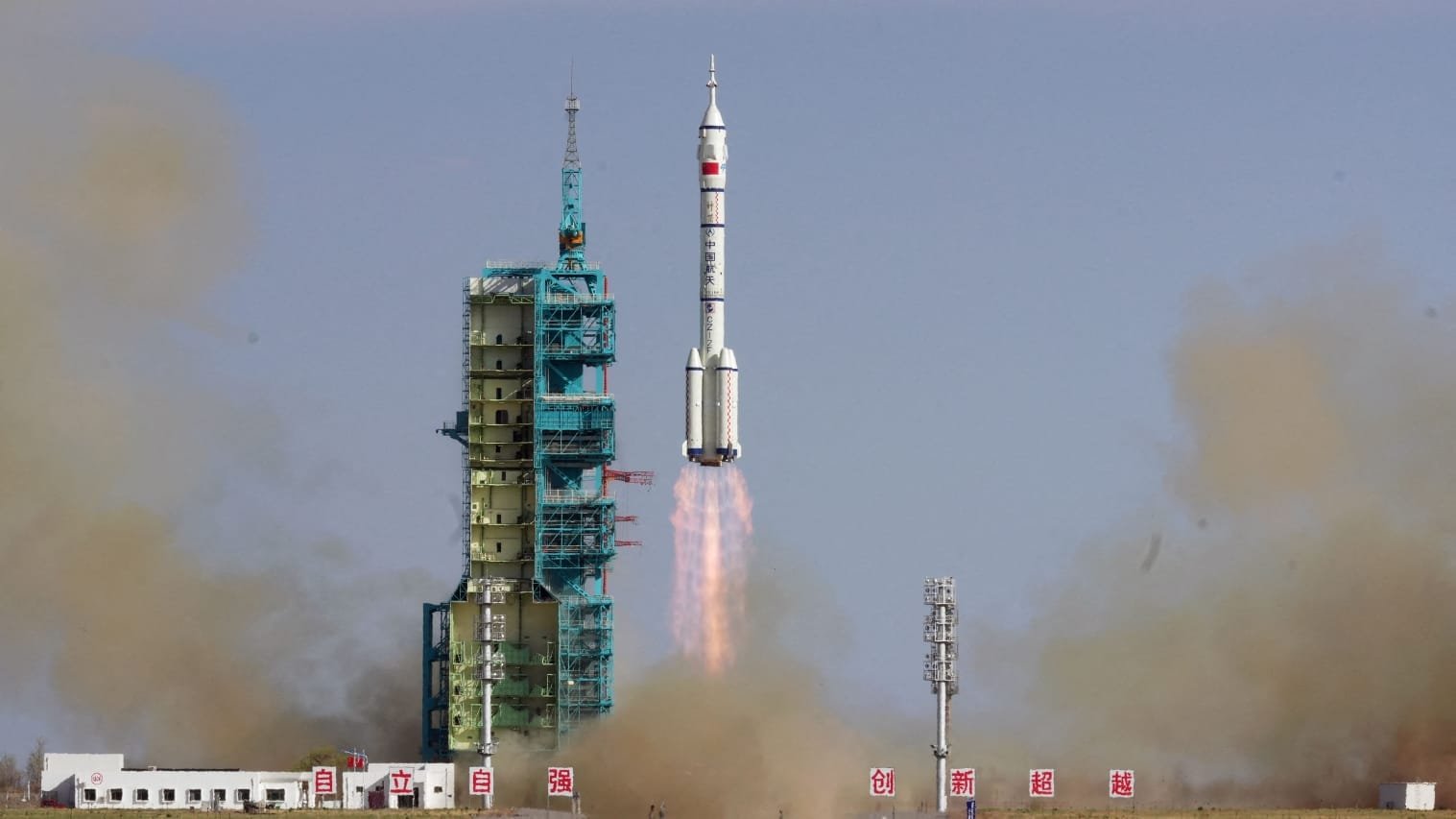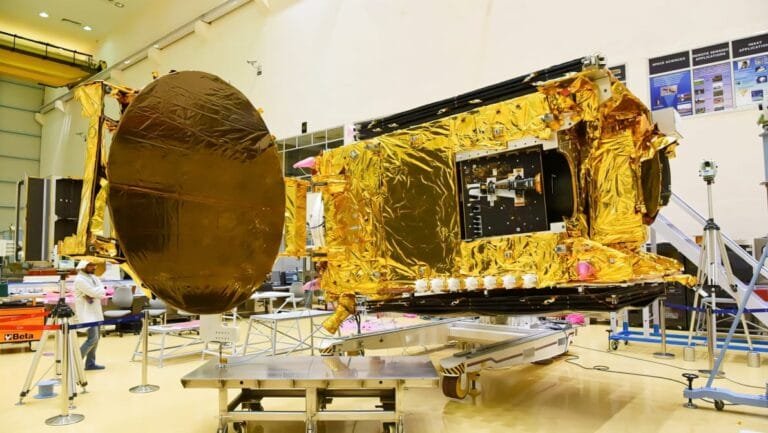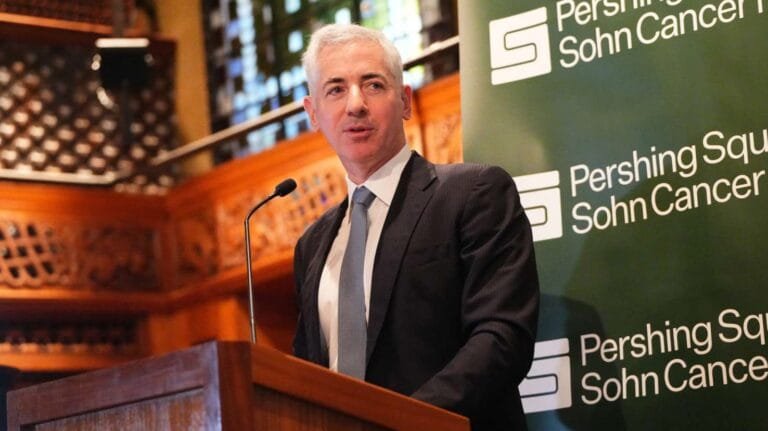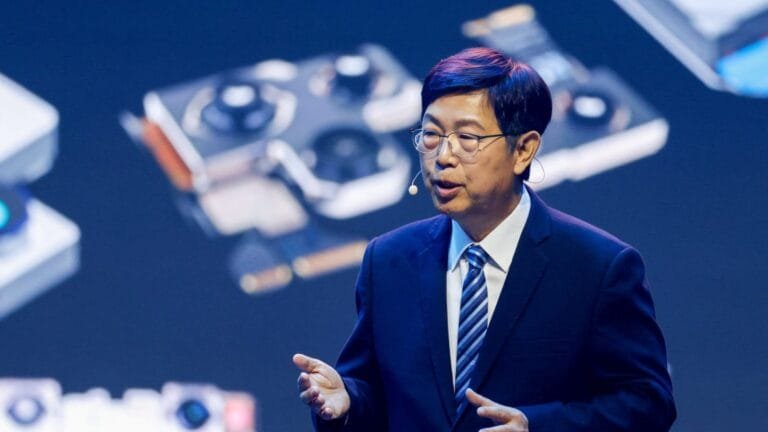
Engineers detected possible debris impact on the Shenzhou-20 return module, prompting the mission delay.
China’s Shenzhou Shenzhou-20 mission delay
Shenzhou is the name of the Chinese manned space program, meaning “heavenly vehicle” in Chinese. The Shenzhou mission, under the China Manned Space Agency, is connected to the Tiangong Space Station (China’s own space station). The Tiangong (meaning “Temple of Heaven”) space station is China’s permanent orbital station, where China regularly sends taikonauts, conducts scientific experiments, and performs handover missions. Nevertheless, in recent years, China has made rapid strides in spaceflight, not only conducting six-month missions to Tiangong, but also pursuing larger ambitions for the Moon and other deep-space missions.
Mission Delays and Vehicle Damage of Shenzhou-20 mission delay
The Shenzhou-20 mission included three Chinese astronauts: Chen Dong, Chen Zhongrui, and Wang Jie, and their return to Earth is planned for November 5, 2025. With their mission nearly six months away, the CMSA (China Manned Space Agency) announced that their return had been postponed because the Shenzhou-20 spacecraft (specifically, its “re-entry/return module”) had been damaged by a possible collision with small space debris. However, the agency stated that the decision was made as an abundance of caution to ensure the astronauts’ safety. Following an investigation, the CMSA initiated an impact analysis and risk assessment to determine the severity of the impact. Engineers concluded that the Shenzhou-20’s return module was not completely safe.
The Growing Threat of Space Debris
This incident clearly demonstrates the seriousness of the problem of space debris in low-Earth orbit. Even seemingly safe spacecraft can be damaged by small fragments. Space debris isn’t just large broken satellites; it can also be small, micro-fragments that travel at very high speeds. and could create cracks or ruptures in the spacecraft’s structural components. News reports suggest this could be a “small part,” and this is a warning to China that future missions will require a stronger reliance on debris tracking, improved protective shields, and backup vehicles.
Mission Logistics and Backup Planning of Shenzhou-20 mission delay
Shenzhou-21 was pre-designed with a backup rescue vehicle, demonstrating that the CMSA had considered the “what-if” possibility. This is an example of good planning, but it also poses a risk: Shenzhou-21 will now be empty after its return, and if a future emergency occurs, it will put pressure on Shenzhou-22’s launch schedule and launch preparations. While some analysts have suggested that Shenzhou-22 be launched at an “appropriate time,” this incident could impact future mission designs, requiring additional safety and precautions for each mission.
Confidence and Positive Thinking in China’s Space Capabilities Message
Even though this accident (may not be a complete accident, but a potential risk), China still demonstrated its resilience in its crewed spaceflight system. While it may have impacted the credibility of the Chinese Space Agency—they responded quickly, activated backup plans, and ensured the astronauts returned safely. This incident also proves that China’s manned space program is seriously designed and capable of risk management, given the political and global significance that safety incidents in space often hold for global politics and reputation. This incident may slightly tarnish China’s space achievements, but turning a safe return into a success could also be a major victory for China.
Debris Monitoring and Tracking Improvements
China needs to further upgrade its radar, laser ranging, and tracking systems to be able to detect and track even smaller debris. Possible international cooperation: Sharing data with other countries and agencies (e.g., ESA, NASA) to create a shared understanding of debris. To enhance safety in spacecraft design, the concept of a “return module backup,” such as having a second module pre-prepared in space, could become commonplace. Iterative planning could include planning a backup return vehicle for every mission.
Panic and Insecurity on Shenzhou-20 mission delay
The threat to a spacecraft by space debris demonstrates that “our control” is limited. This thought can instill fear and insecurity in the human mind. AI models (such as psychological analysis) can identify that this event can generate anxiety in both experts and the general public. “Will we be safe next time?” This fear also leads us to believe that space travel may become more risky in the future, especially as more countries become active. Flexibility and solution-oriented thinking, on the other hand, demonstrate that the resilience demonstrated in this incident sends a message that humanity (and China) are capable of confronting problems and are prepared to handle risks. Nevertheless, AI analysis can also demonstrate that that such a Events can instill confidence and inspiration in the human mind, so if we can overcome this crisis, we can handle even greater challenges.
Global Perspective and Cooperation
Humans may also realize that space is no longer a “one-country game.” Problems like space debris are global, and solutions may lie in international cooperation. AI-based models (such as socio-emotional analysis) can track how this event impacted space policy and emotional responses (such as trust, fear, competition) in different countries. This spirit of cooperation could spark a new psyche, where countries must work together for common interests, especially in security and long-term interstellar governance. Furthermore, concerns about the future and survival of humanity, such as the growing problem of space debris, remind us that risks are increasing with our technological advancement. This could raise concerns about the adverse effects of technology.






